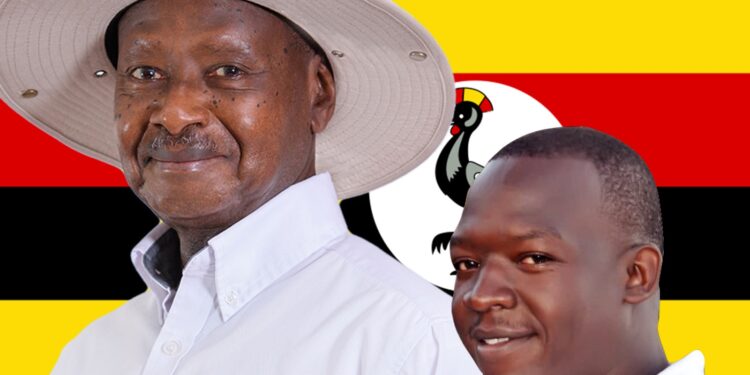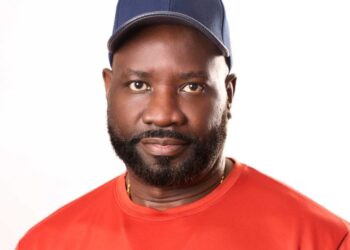For nearly four decades, President Yoweri Kaguta Museveni Tibuhaburwa has steered Uganda’s socio-economic and political trajectory with a mix of revolutionary zeal and pragmatic policymaking. From his days as a bush war strategist in the 1980s to his current role as Africa’s third-longest-serving head of state, Museveni’s vision of transforming Uganda into a middle-income economy has remained unwavering. Central to this vision are his grassroots-focused wealth-creation programs, with the latest being the Parish Development Model (PDM).
Launched in 2022, PDM is touted as the “final push” to transition 39% of Ugandan households still trapped in subsistence farming into the money economy. But is this the silver bullet to unlock Uganda’s economic potential?
The PDM Promise: A Game-Changer or Another False Start?
The PDM, with a budget of UGX 1.06 trillion (USD 280 million) in FY 2023/24, targets Uganda’s 10,594 parishes as the smallest administrative units for delivering financial resources, agricultural inputs, and extension services. The program’s seven pillars namely Production, Storage, Processing and Marketing; Infrastructure and Economic Services, Financial Inclusion, Social Services, Mindset change, Parish Based Management Information System and Governance and Administration., aim to empower households to engage in commercial agriculture and small-scale enterprises.
President Museveni has repeatedly framed PDM as the culmination of lessons learned from previous initiatives like Entandikwa (1997), the Youth Livelihood Programme (2013), and Emyooga (2020). While these programs achieved pockets of success, challenges such as corruption, bureaucratic bottlenecks, and politicization limited their impact. For instance, a 2020 Auditor General’s report revealed that UGX 53 billion meant for Emyooga SACCOs was misappropriated. Similarly, only 32% of Youth Livelihood Programme beneficiaries reported sustained income growth, according to a 2019 UNDP study.
The PDM seeks to rectify these flaws by decentralizing implementation to parishes and leveraging technology for accountability. As of June 2024, the Ministry of Finance reported that UGX 940 billion had been disbursed to 7,800 parishes, with 5.2 million households registered under the program.
Progress So Far: Glimmers of Hope
Early results from PDM implementation suggest cautious optimism. In the Acholi sub-region, where President Museveni launched his nationwide monitoring tour in 2023, 52% of beneficiaries in Gulu and Omoro districts reported increased agricultural productivity after receiving seeds, fertilizers, and training. In Kigezi, coffee farmers organized under PDM SACCOs saw collective earnings rise by 30% due to improved market linkages. Nationally, the Uganda Bureau of Statistics (UBOS) notes a 2.3% reduction in poverty levels in PDM-active parishes between 2022 and 2024.
The president’s hands-on approach personally inspecting projects and reprimanding lax officials has injected urgency into the program. During his tour of Bunyoro in May 2024, Museveni emphasized, “PDM is not a handout; it is a seed. If you plant it well, you will harvest prosperity for generations.”
Challenges: Corruption, Misinformation, and Structural Hurdles
Despite these gains, PDM faces familiar roadblocks. A March 2024 report by the Anti-Corruption Coalition Uganda (ACCU) accused local leaders in Bukedi and Busoga of diverting UGX 28 billion meant for SACCOs. Meanwhile, bureaucratic delays in releasing funds have left 23% of parishes without resources for six months, according to the Parliamentary Committee on Finance.
Opposition leaders, including NUP’s Robert Kyagulanyi, argue that PDM is a “political tool” to consolidate NRM support ahead of the 2026 elections. Such claims resonate in regions like Lango, where only 18% of households trust local officials to manage PDM funds fairly, per a Twaweza Uganda survey.
Structural challenges also persist. While PDM prioritizes agriculture, Uganda’s agro-productivity remains low due to climate change, limited irrigation, and poor post-harvest handling. The World Bank estimates that 68% of Ugandan farmers still lack access to modern farming technologies.
The Road Ahead: Is PDM the “Right Button”?
President Museveni’s bet on PDM reflects his belief that bottom-up economic transformation is possible. The program’s scale targeting 68% of Uganda’s population engaged in subsistence farming makes it uniquely ambitious. Early successes in parishes like Kazinga (Bushenyi) and Lukodi (Gulu), where SACCOs have funded maize mills and dairy cooperatives, demonstrate its potential.
However, sustainable success hinges on addressing systemic issues:
Curbing Corruption: Strengthening electronic monitoring systems and imposing harsh penalties for mismanagement.
Enhancing Awareness: A 2023 UBOS survey found that 41% of Ugandans are unaware of PDM’s objectives. Grassroots sensitization is critical.
Integrating Climate Resilience: Aligning PDM with climate-smart agriculture to mitigate droughts and pests.
Political Neutrality: Ensuring PDM benefits are not skewed toward NRM loyalists.
In my conclusion therefor, President Museveni’s PDM program is a bold attempt to finally crack the code of Uganda’s economic transformation. While the program’s design addresses past shortcomings, its legacy will depend on execution. For now, the evidence suggests that PDM could be the “right button” but only if my government tackles corruption, depoliticizes implementation, and invests in complementary infrastructure. As the president often reminds us; “Prosperity is possible, but it requires discipline, hard work, and unity.”
Phillip R. Ongadia
NRM Mobilizer
Do you have a story in your community or an opinion to share with us: Email us at editorial@watchdoguganda.com













